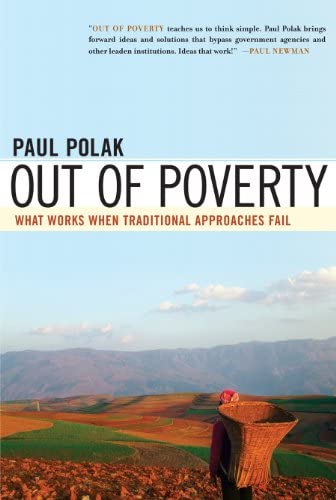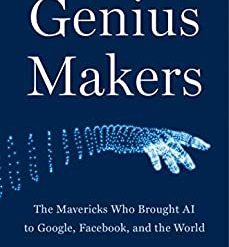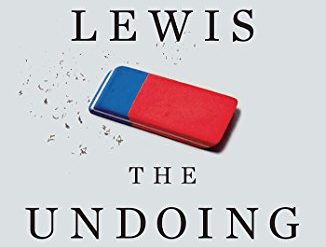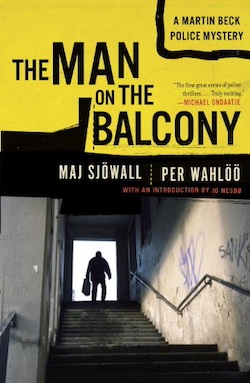
Paul Polak is an extraordinary man. A Czech Holocaust refugee as a child and a practicing psychiatrist throughout the 1960s and 70s, Dr. Polak turned his attention to the challenge of ending global poverty in 1981. In that year, he founded the International Development Enterprises (IDE), a Colorado-based nonprofit organization distinguished by its successful launch of the treadle pump. It’s a cheap, simple device that enables farmers to irrigate very small plots of land at minimal cost. IDE’s mission more generally is to fashion and develop new tools to help poor farmers and other “dollar-a-day” families in developing countries work their way out of poverty. Now nearing 80, Dr. Polak has relentlessly pursued this mission as a rural development specialist for the past three decades.
In Out of Poverty, Dr. Polak interweaves the IDE story and the principles that guide it with that of one Nepalese family who moved from poverty into the middle class. The fundamental precepts of Dr. Polak’s work are clearly laid out in the introduction:
Out of Poverty: What Works When Traditional Approaches Fail by Paul Polak ★★★☆☆
“1. The biggest reason most poor people are poor is because they don’t have enough money.
“2. Most of the extremely poor people in the world earn their living now from one-acre farms.
“3. They can earn much more money by finding ways to grow and sell high-value labor-intensive crops such as off-season fruits and vegetables.
“4. To do that, they need access to very cheap small-farm irrigation, good seeds and fertilizer, and markets where they can sell their crops at a profit.”
Much of Out of Poverty deals in detail with the challenges entailed in implementing these principles. Irrigation, including the story of the treadle pump, gets the most attention. Dr. Polak describes himself and the staff of IDE as what might be called catalysts rather than experts: from his perspective, the first step in any venture in rural development must be to talk to the people who will be affected by whatever is done — and listen to them. The IDE approach is resolutely bottoms-up, because “To move out of poverty, poor people have to invest their own time and money. The path out of poverty lies in releasing the energy of Third World entrepreneurs.”
A tight focus on farmers
IDE’s work over the years has tightly focused on farmers. As he notes, “most of the poor people in the world live in remote rural areas that will likely continue to be bypassed by successive waves of urban-centered industrial growth.” However, in the concluding chapters of Out of Poverty, Dr. Polak also shares a number of ideas for helping slum-dwellers (“43 percent of the urban populatioin in developing regions”) move out of poverty, too. The book is chock full of great ideas for small-scale entrepreneurs.
Dr. Polak and IDE were pioneers in the bottoms-up development model that is fast emerging as the only approach likely to make a dent in the endemic poverty in so many poor countries.
Regrettably, Out of Poverty is not well written. It is endlessly repetitive, with the same phrases and anecdotes appearing in chapters throughout the book, and it fails to deliver on its promise of sharing many examples of families that have moved into the middle class through IDE’s work, since the only story told in any detail is that of one Nepalese farm family. That’s a great pity, since this is a message that needs to be disseminated far more widely among policymakers around the world. A second edition, reorganized and with additional examples, would be a boon to the development community.
For further reading
For books on closely related topics, see:
- Narrowing global inequities: a reading list
- Third World poverty and economic development: a reading list
- The top 10 books on the economics of poverty
- A resource list on social enterprise
And you can always find my most popular reviews, and the most recent ones, plus a guide to this whole site, on the Home Page.

























